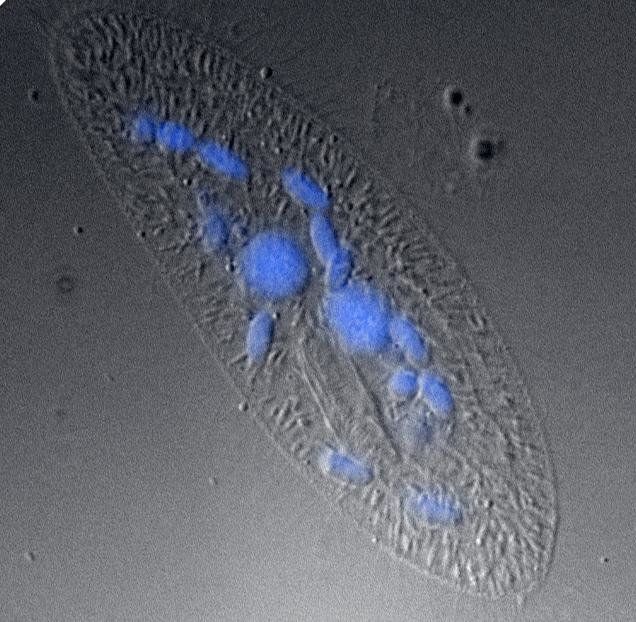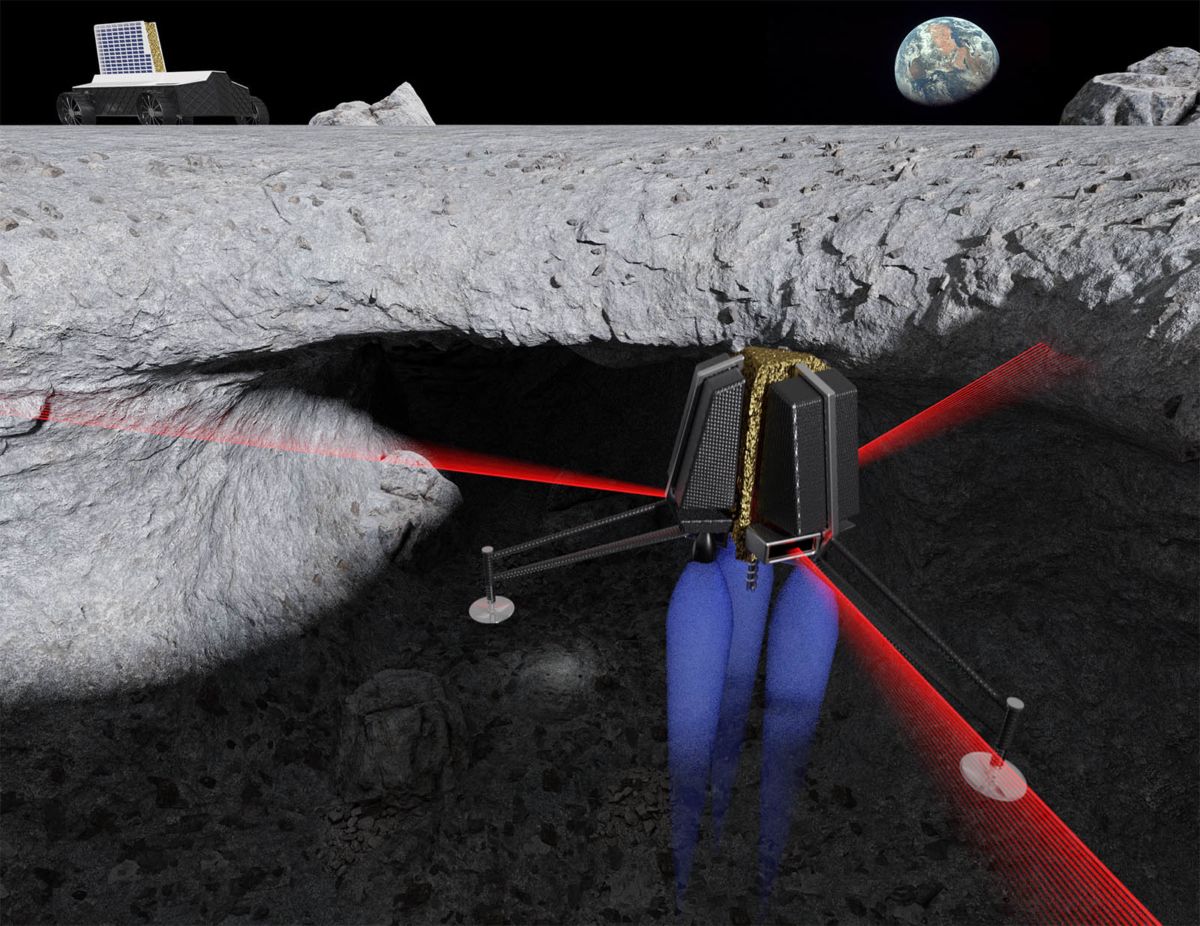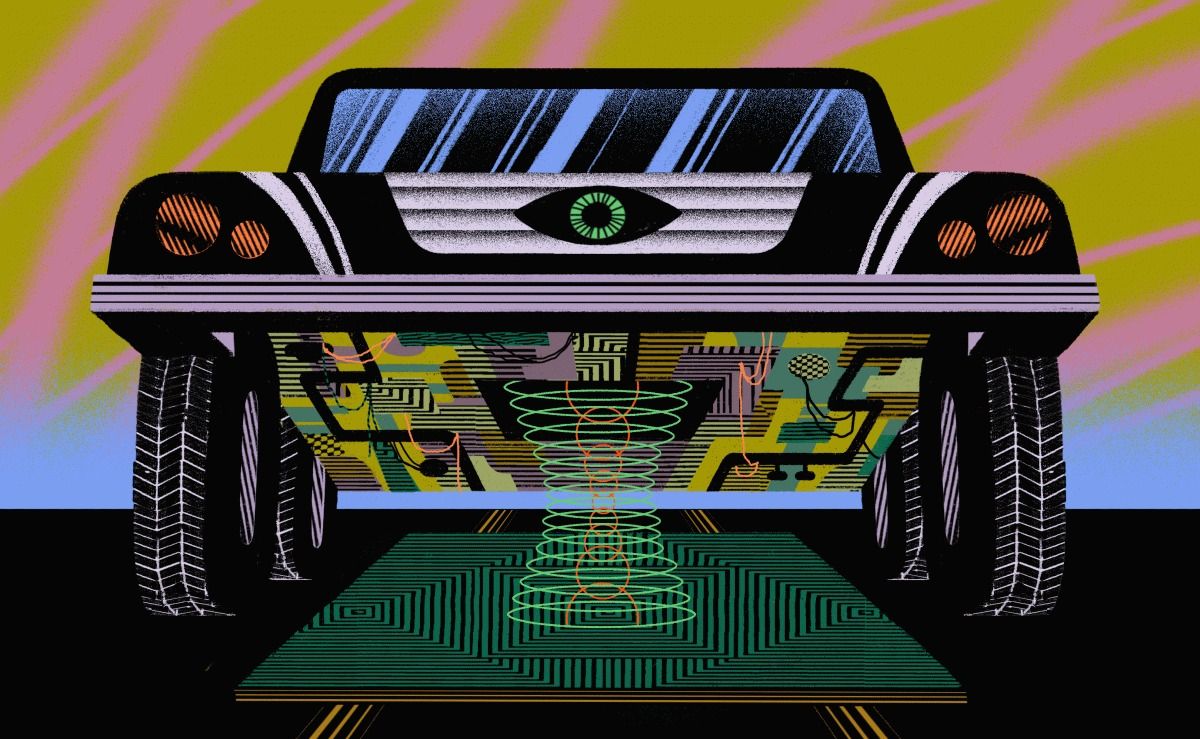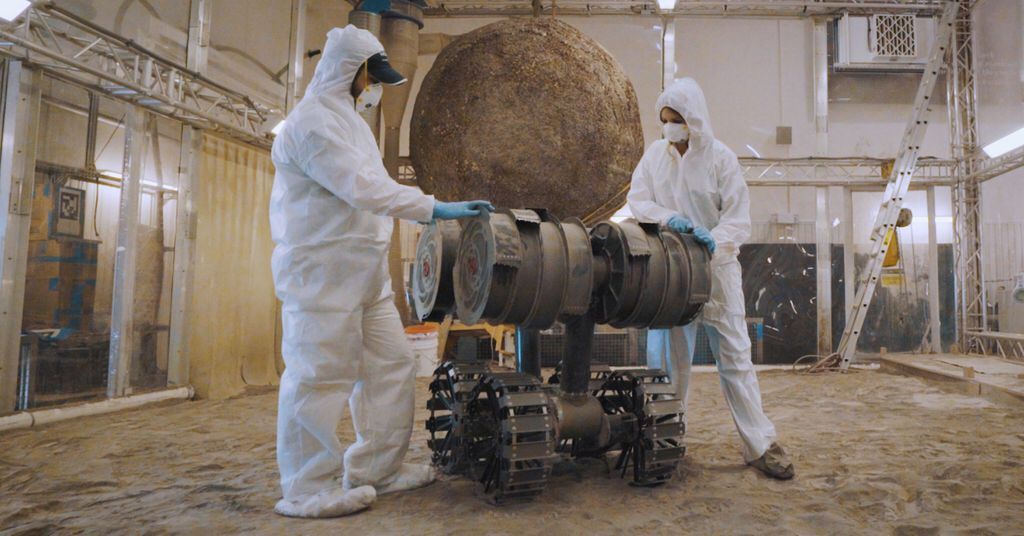In a multi-‘cat’ experiment, the textbook interpretation of quantum theory seems to lead to contradictory pictures of reality, physicists claim.



Quantum mechanics is expected to provide a consistent description of reality, even when recursively describing systems contained in each other. Here, the authors develop a variant of Wigner’s friend Gedankenexperiment where each of the current interpretations of QM fails in giving a consistent description.

Scientists have discovered a new family of molecules that work together to precisely remove unwanted DNA during reproduction in single-celled, freshwater organisms called ciliates.
The discovery of these new molecules has profound implications for our understanding of the mechanism of gene removal (or ‘excision’) and rearrangement which plays a crucial role in the development and evolution of many species. The findings are published in eLife.
Transposons are pieces of DNA that move around in the genome, transported by enzymes called transposases that bind to them. As transposons jump around during evolution, host organisms can acquire the genes they carry and use them to gain new functions in a process known as domestication.

In the new era of generative design in architecture, engineering, and construction, designers and builders will use computers not just to describe buildings, but cocreate them.
Before GPS, if you got lost while driving your car, you had to swallow your pride and stop to ask for directions. With the help of the innate intelligence of Google Maps or Waze, you can let a machine compute the best route so you can concentrate on what’s really important—driving.
In the case of architects, engineers, and contractors, their computers will help navigate the design and construction process, so they can focus on making successful projects and great buildings as a result.

By tapping robotic and sensor technologies, a small free-flying spacecraft is being demonstrated to autonomously investigate lava tubes on the Moon.
Astrobotic Technology of Pittsburgh, Pennsylvania is partnering with scientists from the RIS4E node of NASA’s Solar System Exploration Research Virtual Institute (SSERVI), led by Stony Brook University.
Today, we are delighted to announce that we have launched a new crowdfunding campaign on Lifespan.io: the NAD+ Mouse Project by Dr. David Sinclair and his team at Harvard Medical School.
The first long-term lifespan study in mice involving supplementation with NMN, a precursor of NAD+ metabolism, which has been shown to reduce aging markers and increase sirtuin activity. We propose to conduct a longevity study using NMN in the drinking water of wild-type mice. We also propose to test NMN on a novel model of accelerated aging mice known as ICE mice (Induced Changes In Epigenome).

Today, we are delighted to announce that we have launched a new crowdfunding campaign on Lifespan.io: the NAD+ Mouse Project by Dr. David Sinclair and his team at Harvard Medical School.
NAD+ is a vitally important molecule that is found in every cell in your body and is involved in DNA repair, tissue growth, nutrient sensing and metabolism, cell-to-cell signaling, and many other cellular processes. Quite simply, without NAD+, cells would not work and life would be impossible. If you would like to learn more about NAD+ and its role in aging, check out our articles here, here, and here.

